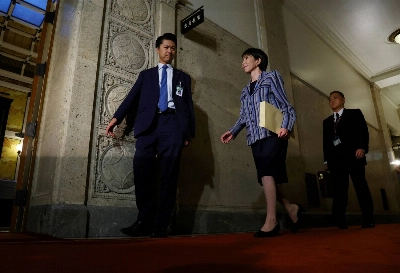Barbara Sato's excellent analysis of changes in gender discourse and women's identity in the 1920s recasts the landscape of 20th-century women's liberation and feminism in Japan. She traces the antecedents of post-World War II developments in women's roles, rights and achievements to make a compelling case that the important changes stirred by the "moga" (modern girl) phenomenon of the '20s have been underestimated.
This was an era subversive to patriarchal values as some women challenged conventions and constraints in ways that inspired others to imagine and aspire to a different world for women. Sato argues that consumerism and the mass media empowered women and awakened them to options and alternatives that helped them begin to redefine themselves. She points out how elite women and intellectuals of the time largely missed the importance of these awakening urban cultural transformations that they mostly frowned upon as frivolous and superficial.
Women were torn between what was expected of them and what they aspired to. This was a transition era marked by pronounced continuities undermined by new ways of living, working and loving. The tension between patriarchal legacies and modern pursuits was part of the everyday lives of everyday women.


















With your current subscription plan you can comment on stories. However, before writing your first comment, please create a display name in the Profile section of your subscriber account page.